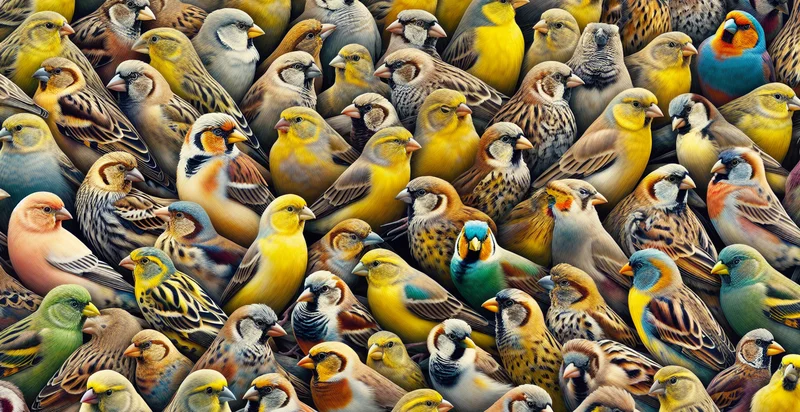Identify eel species
using AI
Below is a free classifier to identify eel species. Just upload your image, and our AI will predict which species of eel it is - in just seconds.

Contact us for API access
Or, use Nyckel to build highly-accurate custom classifiers in just minutes. No PhD required.
Get started
import nyckel
credentials = nyckel.Credentials("YOUR_CLIENT_ID", "YOUR_CLIENT_SECRET")
nyckel.invoke("eel-species-identifier", "your_image_url", credentials)
fetch('https://www.nyckel.com/v1/functions/eel-species-identifier/invoke', {
method: 'POST',
headers: {
'Authorization': 'Bearer ' + 'YOUR_BEARER_TOKEN',
'Content-Type': 'application/json',
},
body: JSON.stringify(
{"data": "your_image_url"}
)
})
.then(response => response.json())
.then(data => console.log(data));
curl -X POST \
-H "Content-Type: application/json" \
-H "Authorization: Bearer YOUR_BEARER_TOKEN" \
-d '{"data": "your_image_url"}' \
https://www.nyckel.com/v1/functions/eel-species-identifier/invoke
How this classifier works
To start, upload your image. Our AI tool will then predict which species of eel it is.
This pretrained image model uses a Nyckel-created dataset and has 21 labels, including American Eel and European Eel.
We'll also show a confidence score (the higher the number, the more confident the AI model is around which species of eel it is).
Whether you're just curious or building eel species detection into your application, we hope our classifier proves helpful.
Related Classifiers
Need to identify eel species at scale?
Get API or Zapier access to this classifier for free. It's perfect for:
- Eco-tourism: Tourism businesses in areas populated by diverse eel species could use the 'eel species' identifier to provide guests with accurate information about the eels they encounter, complementing the overall experience and educational aspect of their journey.
- Research Institutions: Universities and marine biology research centers could adopt the 'eel species' identifier to assist in species identification as part of ongoing studies, therefore streamlining research processes and improving accuracy.
- Aquarium Management: Aquariums could use the 'eel species' identifier to ensure accurate identification and care for different eel species, increasing the potential for breeding success and reducing risks to animal health.
- Fisheries Monitoring: Regulatory organizations could use the function to accurately identify, record, and monitor different eel species caught by fisheries, aiding in the implementation and enforcement of sustainable fishing practices.
- Conservation Efforts: Conservation groups could utilize the function to accurately identify and document different eel species in the wild. This can validate regional biodiversity data or identify potential threats to certain species, aiding in the creation of conservation strategies.
- Seafood Industry: For businesses in the seafood industry, the 'eel species' identifier may be implemented in quality control processes, assuring the correct species are being supplied and consumed.
- Education: Schools and educational programs could incorporate the 'eel species' identifier as a teaching tool in biology courses, allowing students to gain firsthand experience with species identification in a way that is easy to understand and interact with.


